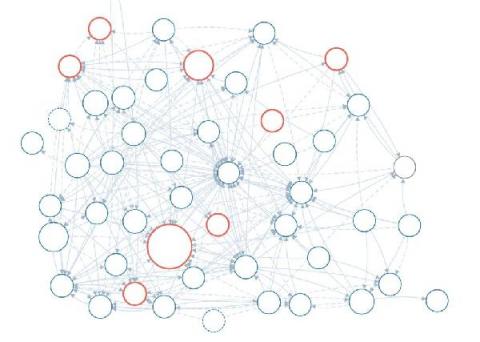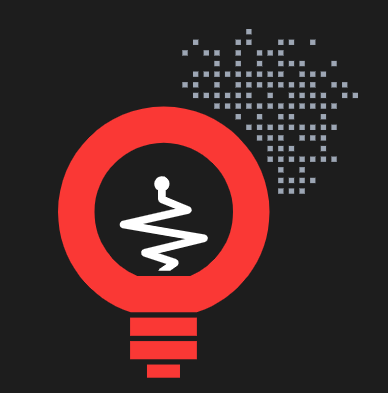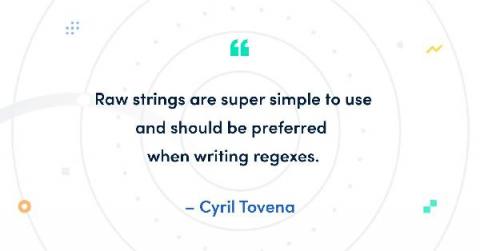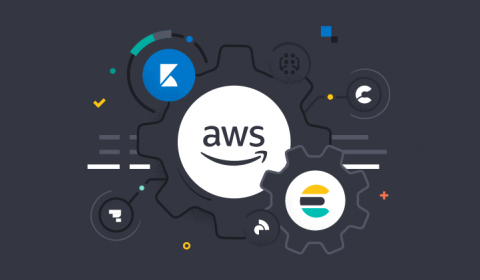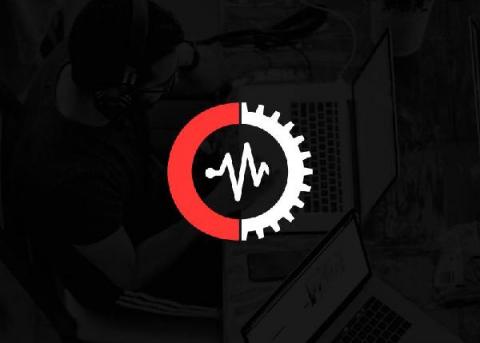PostgreSQL vs MySQL: Use Cases & Attributes To Help You Choose
Choosing whether to go with PostgreSQL or MySQL depends on your needs as they are both great databases to use under different circumstances. In this article we will run through a few of the top reasons and use cases to help you choose between these choices for database creation. Note: As a matter of fact, MySQL is so popular it became part of the LAMP stack (Linux, Apache, MySQL, PHP) used for building many web servers.





